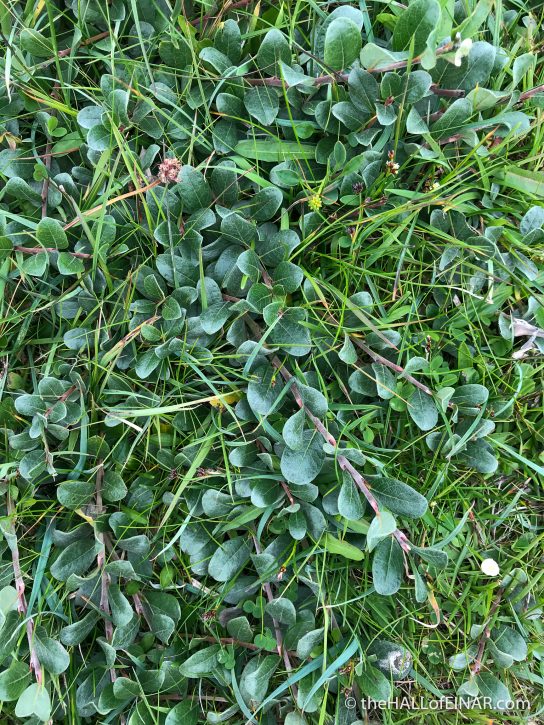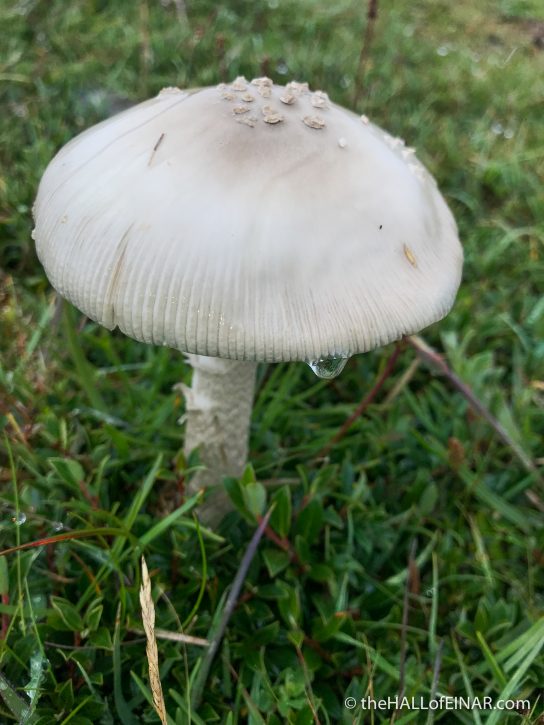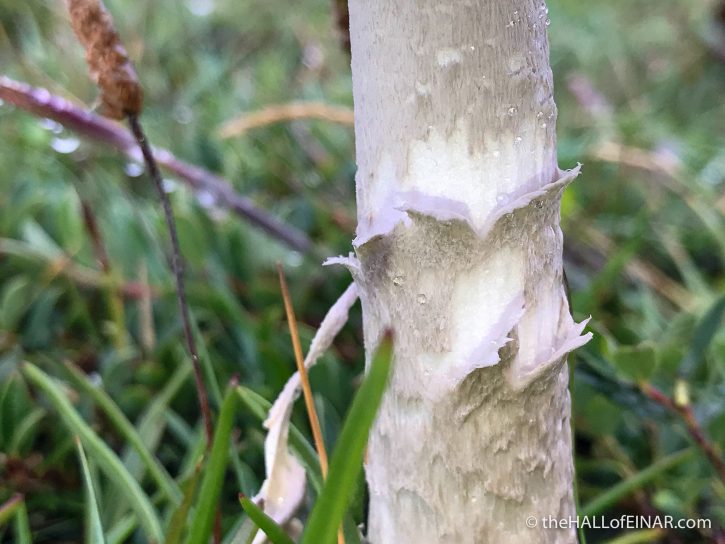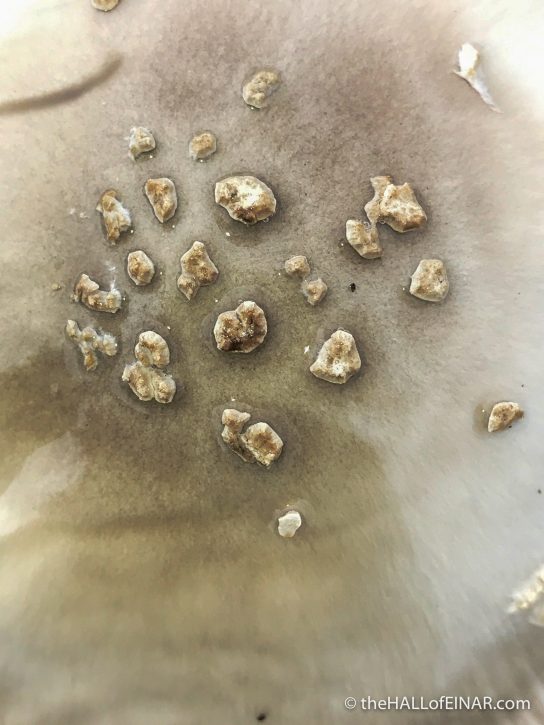A rare fungus up the hill where mushrooms are taller than trees
I’m walking the remote western coast of Westray today. There’s enough phone signal for an emergency call and precious little else here. There are shattered rocks and caves all along this isolated coastline.
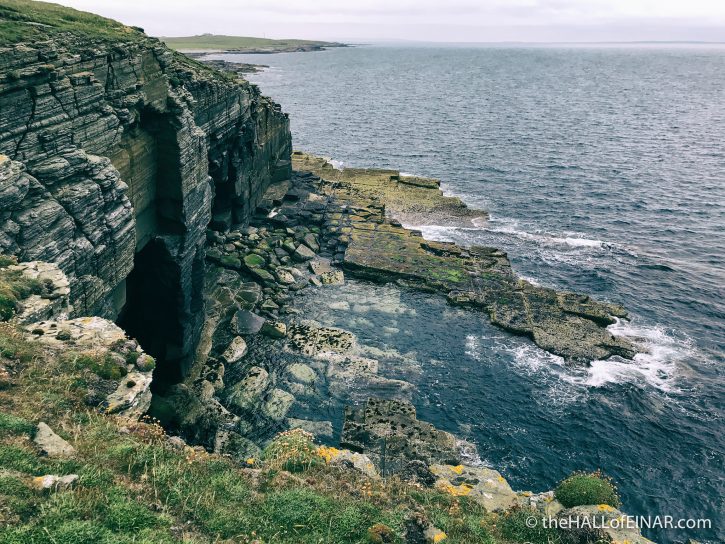
I can see the weather approaching. There’s a band of grey piercing the horizon and merging with the sea. It’s a front of rain and it’s heading fast and straight at me. I’m heading up Skea Hill and putting my coat on as I walk. There’s little to do other than ride the rain out.
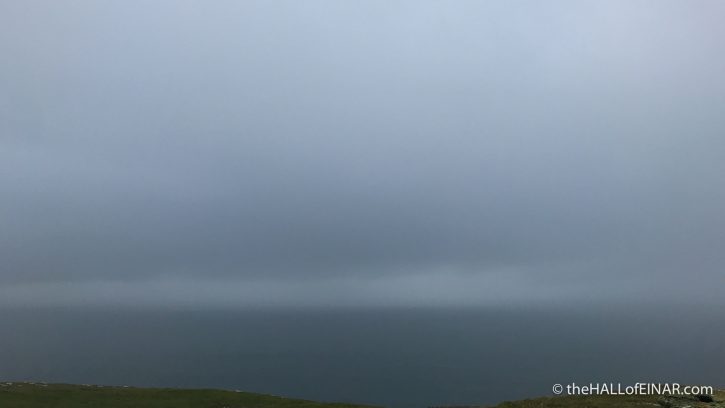
I sit and stare at a Bonxie sitting and staring at me from its little grassy mound. I begin to wonder about the circular stone pits at the top of the hill. Natural or man-made? Someone’s having a laugh, surely?
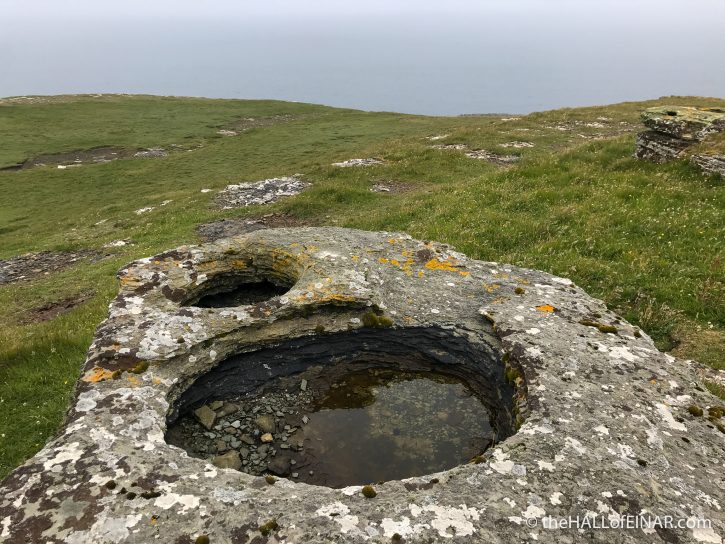
As the rain eases I set off back and see something surprising in the grass. I think that it’s something you would take for granted, isn’t it? If a mushroom grows in association with a tree then it would grow under that tree, right? Not so here on Westray. Here’s a Russula species of fungus, a Brittlegill, growing at the very top of Skea Hill on Westray.
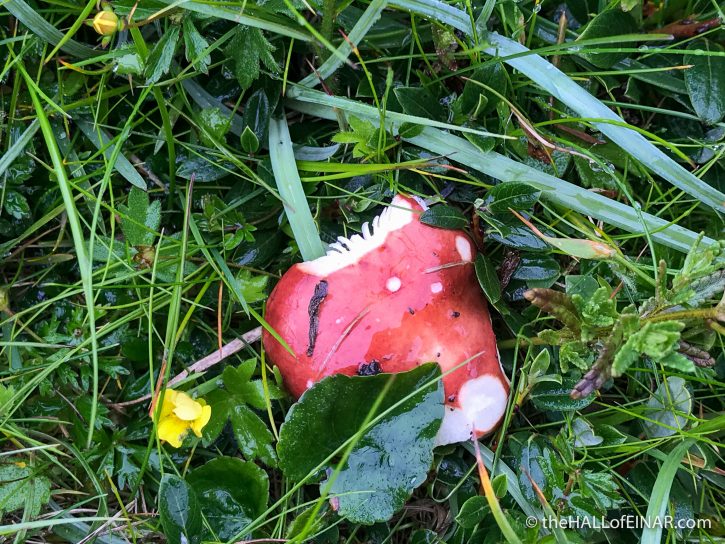
It’s a bare, exposed place, with rock outcrops and sometimes sparse vegetation. What’s a fungus doing growing on heathland which normally grows in association with trees? The answer is that this fungus is taller than the trees it grows with. Here’s a tree:
It’s Creeping Willow, Salix repens, I think. Creeping is the perfect name for it.
Westray; a land where mushrooms are taller than the trees they are meant to grow under.
As I meander down I see another surprise; an Amanita:
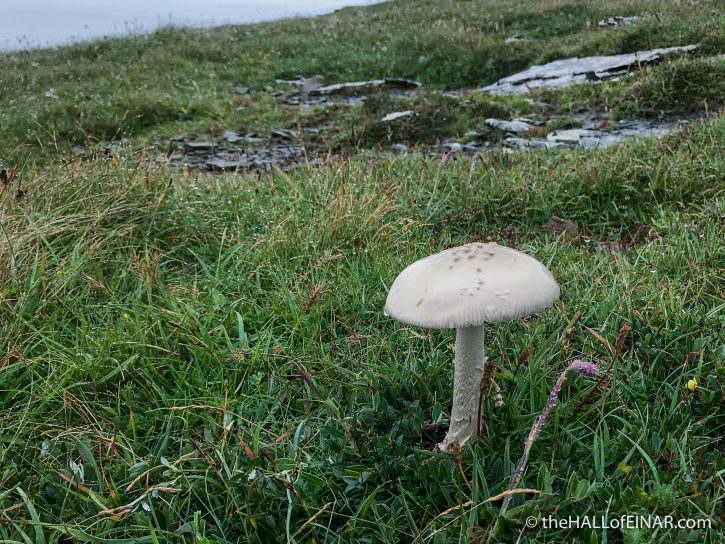
This is a relative of the Death Cap and the Fly Agaric. It’s growing from a swollen base, it has a distinctive stem with a slight ring around it and it’s got the remains of the membrane which covered it left as scales on its cap. It’s an Amanita. Here. Up a hill.
It’s wet so I use my phone to get a few photos.
This is likely to be Amanita nivalis, the Snow Ringless Amanita or the Mountain Grisette.
Here’s what Wikipedia has to say:
Amanita nivalis grows in subarctic and alpine conditions in Europe and also in Greenland. It is often associated with low growing willows (Salix spp.) and birches (Betula spp.). There have been reports of it occurring at high altitudes in the Rocky Mountains in North America. The fruit bodies appear singly or in small groups in both silicaceous and limestone areas in summer. The edibility of this species is not known but because of its rarity, it is best not to gather it.
I’ve recently bought the enormous two-volume set of Fungi of Temperate Europe. I reviewed it in my Sunday Review #7. It says:
“Fungi of Temperate Europe is one of the most comprehensive mycological guides ever published. Featuring more than 7,000 photographs, this lavish two-volume set treats more than 2,800 species of fungi across the region.”
Amanita nivalis appears not to be in the book. I’ll post these images to a few people in the hope they can confirm the identification.
It’ll only last a few days. It’s likely I’ll never see one of this species again. I’m alone, miles from anywhere and anyone, on top of a hill in persistent rain on my knees appreciating a mushroom. Either I’m completely mad or I have my priorities so right that I’m the sanest person you could ever meet.
